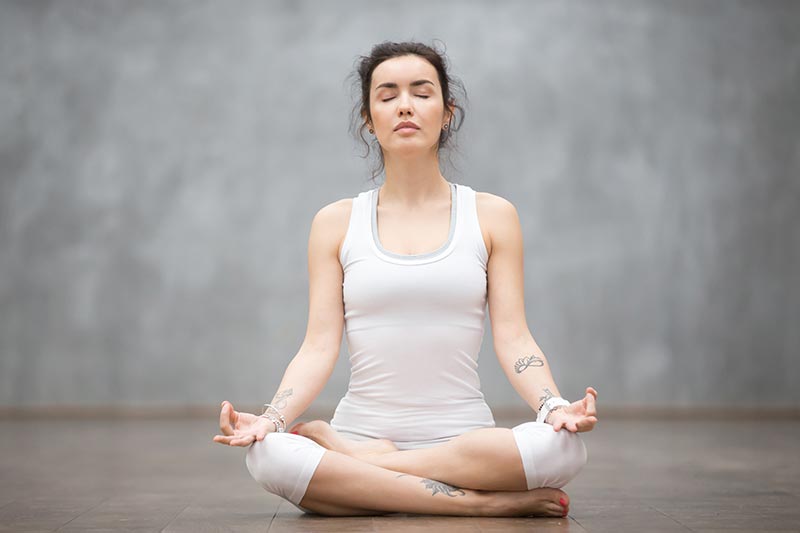In the previous blog, we discussed when, where, how, and why pranayama. We also had an insight on how to perform ‘Sahita’ pranayama.
In this blog, we will break down the procedure for the ‘5’ types of ‘pranayama’ which are easy to grasp if you’re a beginner.
Breathe 'IN' and Breathe 'OUT'
Natural breathing is an unconscious habit but this type of pranayama involves deep breathing. Here’s how to do it
Inhale for a long time while you compose and calm yourself.
Exhale for a long time, while you let go of all the negative thoughts.
Buzz it out
‘Bhramari’ pranayama, where Bhramari means ‘bumblebee’ in Hindi incorporates the sound of the bee. This sound creates a good vibration that can calm you down. Here’s how to perform it.
Sit down on the mat crossing your legs (padmasana position)
Cover your ear flaps gently with your thumbs
With the rest of your fingers cover your eyes (index finger on your eyebrow and rest over the eyes)
Apply light pressure around your nose with your fingers
Inhale deeply through your nostrils
Exhale through your nose, while producing a buzzing sound.
Repeat this process 5 times.
Pranayama step-by-step for newbies image 2
Calm down your nerves
‘Udgeeth’ pranayama is wonderful to ease tension, anger, and anxiety, so if you are short-tempered or under a lot of stress be sure to incorporate this pranayama to your daily yoga asanas routine. Here’s how it is done.
Sit down in padmasana
Inhale deeply till your lungs fill with air
Exhale while chanting out Ooooom (stressing on the O)
Repeat this 3-5 times
Channeling the air to your gut
Although it sounds tricky the ‘3’ part breathing or ‘Dirga pranayama’ is just a long breath broken into three parts. Here’s the step by step
Sit in padmasana and relax
Part-1 Inhale fill up your diaphragm
Part-2 Move the air to your abdomen
Part-3 Then move the air back to the lungs
Repeat this process for 2-3 minutes
If you find it difficult to perform in a padmasana, lie down and place a sandbag or a heavy blanket over your abdomen, this will help you visualize the movement of the air. When the air fills the abdomen the blanket will lift up and when the air moves to the lungs the blanket will go down. Once you master this you can try again in padmasana. ‘Dirga pranayama’ not only improves lung capacity but also helps you ease stress.
Let them hear you roar
Simhasana or ‘lions breath’ is a little more challenging for beginners as it involves losing all your inhibitions. Here's how you perform it
Kneel down on your mat, sit upright
Spread your knees, palms down, and hips on your thighs
Inhale deeply
Exhale while putting your tongue out and roar HA!
After the roar hold the pose for 20-30 sec
Repeat the process 4- 6 times.
Simhasana is a good exercise for your face, throat, tongue, and eyes. It has prominent effects on the throat and also helps clear the vocal cords.






